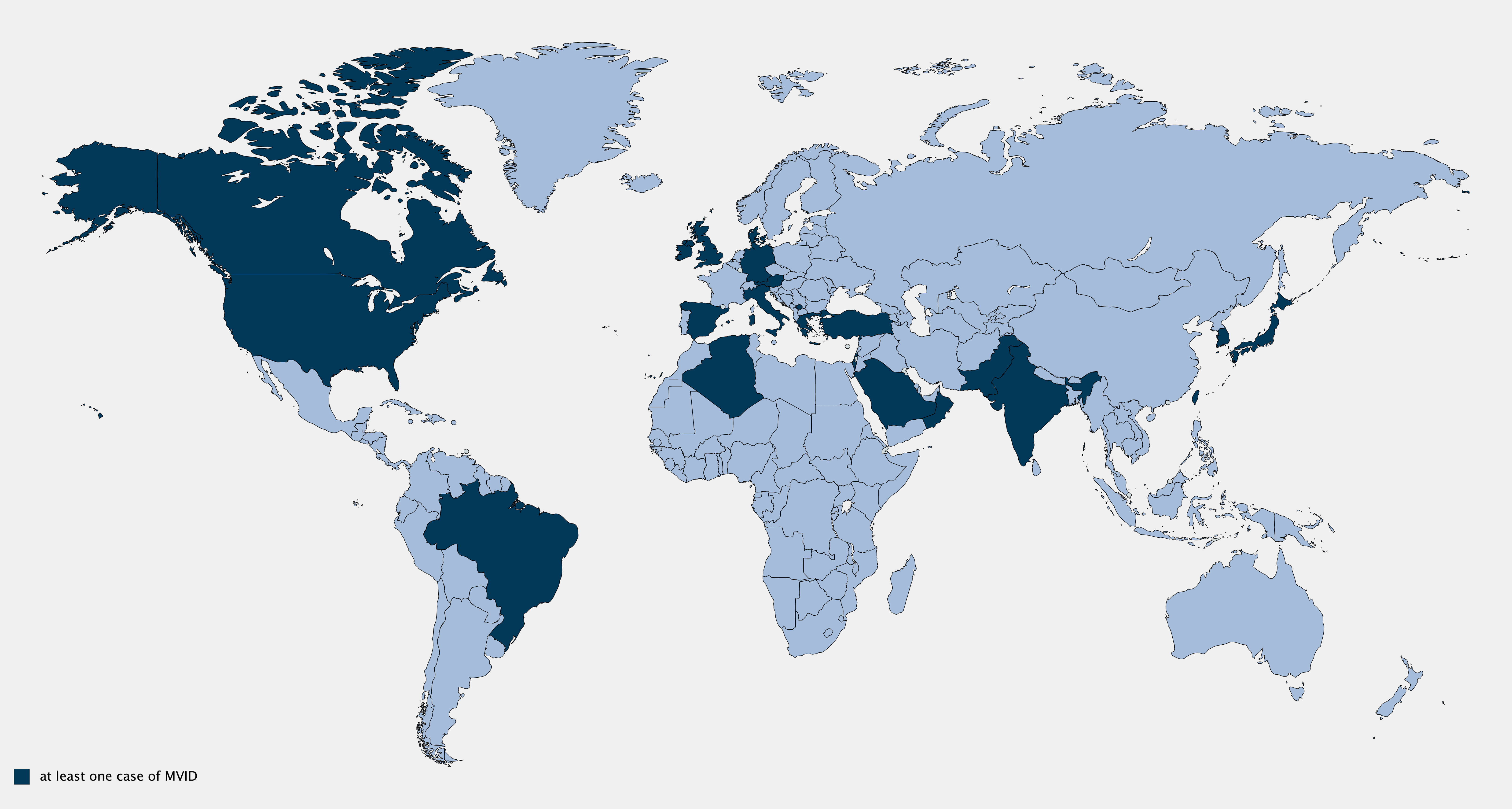Does the infant have MVID?
Microvillus inclusion disease or MVID is often misdiagnosed – or not diagnosed at all – because there is a lack of awareness about the disease, and because there is no simple diagnostic test available yet. Diagnosing MVID is a very complex process that can take months, and requires equipment that is not widely available. In most cases, MVID affects a child within hours after birth, which is known as early onset MVID. In rare cases, it will occur months later. Both types of MVID cause severe diarrhea, but the late onset form is generally considered to be less aggressive. If you suspect that your child is affected by MVID, contact your doctor immediately. Start with your emergency care provider, and look for more information about specialized hospitals and diagnostic centers.
These are the steps your diagnostic center will take to determine if your child is affected by MVID:
- The first step is to order a stool test that can help establish whether the diarrhea is due to over secretion, instead of other problems such as inflammation. This test is not conclusive, but will help doctors determine if MVID is a possibility.
- Next, a trained pathologist must excise and examine a small piece of the intestinal wall – a biopsy sample – under an electron microscope capable of viewing intracellular structures called microvillus inclusions. Once found, these inclusions allow the doctor to conclude that the patient has MVID.
- To make the diagnosis decisive, genetic tests must be ordered. MVID patients suffer from a mutation in the gene MYO5B and its encoding protein, myosin VB.
The prevalence of MVID
MVID is a rare disease, with only a few hundred known cases worldwide. There is a high prevalence of MVID in Middle Eastern countries such as Turkey and Saudi Arabia. The disease is also prevalent in the Navajo Nation communities located in the southwest region of the United States.

